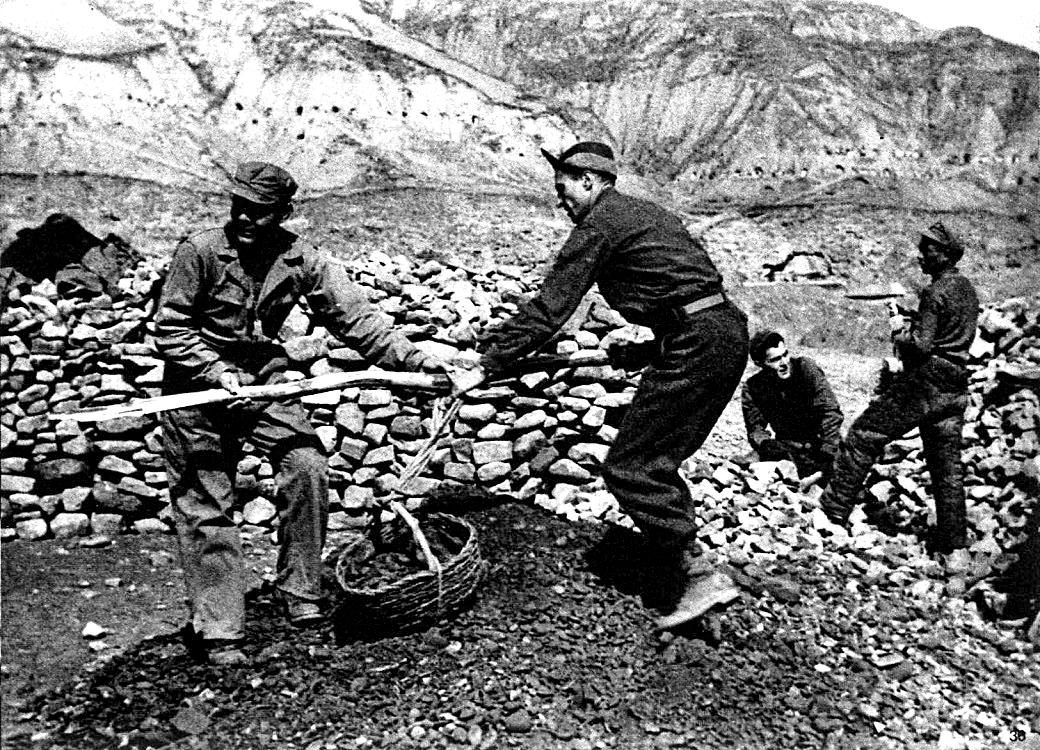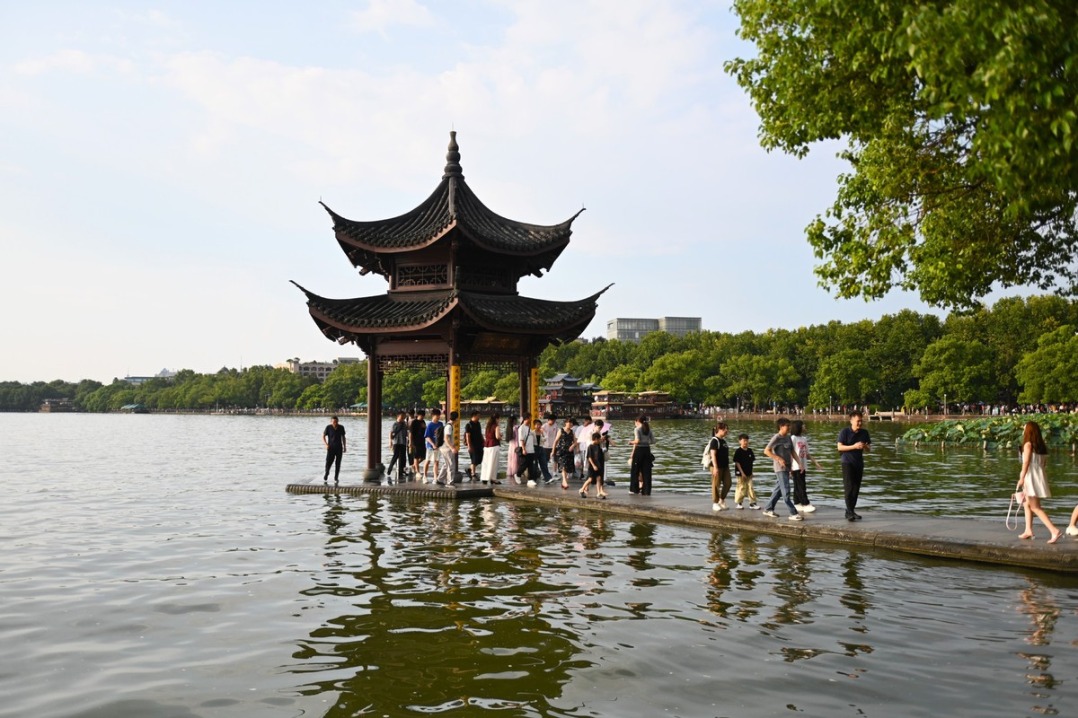Weather forecasting pioneered during war
In 1945, Communist, US forces worked together to establish meteorological assets


While China's meteorology is dominated by the use of satellites and computer modeling today, its modern origins can be traced back to a cave at the foot of Qingliang Mountain in Yan'an, Shaanxi province, in March 1945.
In the cave, a group of young Chinese learned about modern meteorology and the use of wireless communication devices with meteorologists from the United States Army Observation Group, or as its members called it, the Dixie Mission.
Using their knees as desks, stones as stools, and mixing soot with water to take notes, the trainees formed a meteorological training team, marking the beginning of meteorological undertakings led by the Communist Party of China. Six of the 21 trainees established the Party's first batch of six weather stations. Later that year, the Party's first weather observatory was put into service.
In the final years of the Chinese People's War of Resistance Against Japanese Aggression (1931-45), while bombs thundered across the skies of the Pacific and Europe burned with the fire of resistance, a quieter collaboration was taking shape in the loess hills of northwestern China.
By 1944, the tide of war had turned as Allied forces were gaining ground and the Chinese battlefield had grown crucial to the Pacific theater. US bombers based in Chengdu in Sichuan province, Kunming in Yunnan province, and Hengyang in Hunan province, were launching raids deep into Japanese-held territory and over the Japanese mainland.
Commenting on the situation 80 years ago, Yang Zengjun, an official from today's Yan'an Meteorological Bureau, said that as US aircraft often needed to land in northern China due to fuel limits, accurate meteorological data from areas controlled by the CPC became vital.























